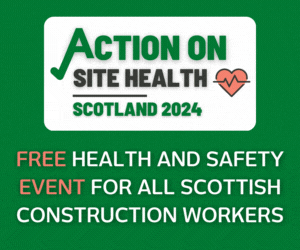The Land and Building Transaction Tax: The RICS view

By Sarah Speirs, director RICS Scotland
We are pleased to see that there is a suitable quantity of rate bands announced for the incoming Land and Building Transaction Tax (LBTT) regime. This should allow for a more equitable distribution of the tax burden across the country. We should also see the removal, or at least a reduction, of the clustering of house sale prices in the vicinity of the rate bands currently witnessed in the Stamp Duty Land Tax regime.
The newly established first band rate of £135,000 should assist those wishing to enter the market, particularly in considering that the average house price for first time buyers (FTBs) is £137,000. We should, therefore, see more market participants and, subsequently, an increase activity in this particular area of this important market for Scottish citizens and the Scottish economy.
Indeed, it was reported, shortly after the announcement, that the threshold for benefitting from the new regime i.e. those who will pay less, or the same, value of tax in the LBTT regime (when compared to SDLT) will be £324,300. Any house sold above this price will pay more tax. Accordingly, we may see a slight lift in activity at the higher end of the market before the regime comes into force on 1 April 2015. However, it is important to note that this figure is considerably lower than the mix-adjusted house price average in Scotland (£162,000) and, indeed, the average house price of those moving – including second-steppers – of £227,000.
We don’t believe this new regime will have a particularly negative effect on the market. With any new policy, there will always be some who benefit, and some who lose out; in the forthcoming system this will be case for FTBs, and those wishing to move into the more affluent areas of the country, respectively. In the latter category, concerns over possible price peaks near the top rate of 12 per cent on properties over £1m had been raised. However, we believe that the incoming regime shouldn’t create any peaks at this, or indeed, other bands, as the tax is only charged on the marginal value of the property above the rate level.
With housing prices continuing to rise on a month-by-month basis, it is imperative that the rate bands are revisited on an annual basis to ensure that they are still fair and relevant in assisting the sector.
 RICS will monitor its impact through its monthly Residential Market Surveys.
RICS will monitor its impact through its monthly Residential Market Surveys.





















